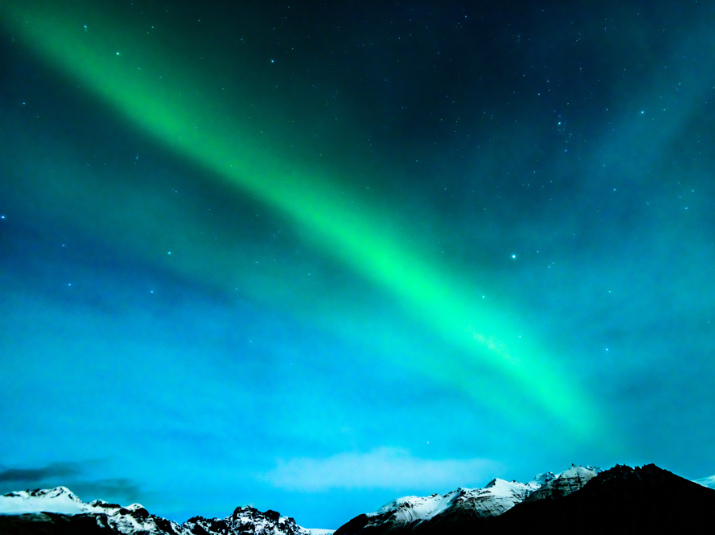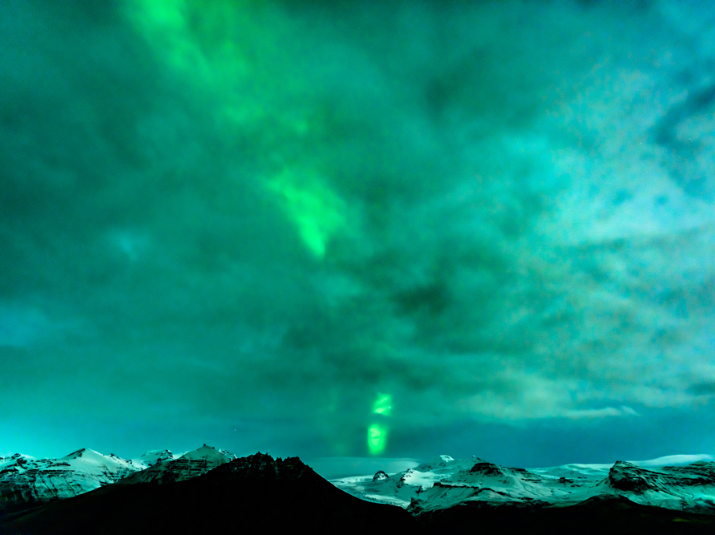• Work out the best location in advance – somewhere away from light pollution with a wide expanse of sky but some interesting foreground detail to put the image in context, such as trees, hills or a rocky foreshore, is ideal.
• Your kit list is quite simple – tripod, remote release, prime wide angle lens or a wide angle zoom, spare batteries and a small flashlight or head torch with a ‘red’ light mode to ensure your eyes stay adjusted to the dark and your torchlight does not affect other photographers . The faster your lens (smaller the maximum aperture eg. f/2.8, f/3.5) the better, as this will enable you to work with the lowest possible ISO to minimise noise
• Remember to turn off the VR function on the lens when it’s tripod-mounted, especially with a shorter focal lens like the 24-70mm, otherwise you’ll actually end up with shake due to the lens’s internal sensors ‘hunting’. Set the lens’s focusing display to the middle of the infinity symbol and switch to manual focus on the barrel.
• Start with an ISO at around 1600, and then be prepared to move this up to 2000 or 3200, depending on the ambient light levels.
• You are ideally trying to balance an ISO around 1600 – 2000 with an aperture of f/2.8 to f/4 which will give you a shutter speed of around 8 – 10 secs without under or overexposing the image.
• Depending on how fast the Aurora is moving, you may then need to adjust your shutter speed up or down to get the movement in the image that you want. Note that, once you go beyond 20 secs, you are likely to get Star Trails due to Earth’s rotation, this is not ideal when photographing the Aurora.
• Set the camera to manual focus at infinity or use focus peaking if you have a camera that supports this feature.
• Take a test shot and double-check your focus is sharp by looking at the stars at 100% on the screen, and adjust your focus if necessary. Then you’re all set to shoot! Don’t worry if the aurora looks a bit dull, Aurora and Astro photography does involve a significant amount of post processing to get to the final image. You’ll be amazed at how much more colour and detail your sensor renders in the image especially if you shoot with a RAW file format.



